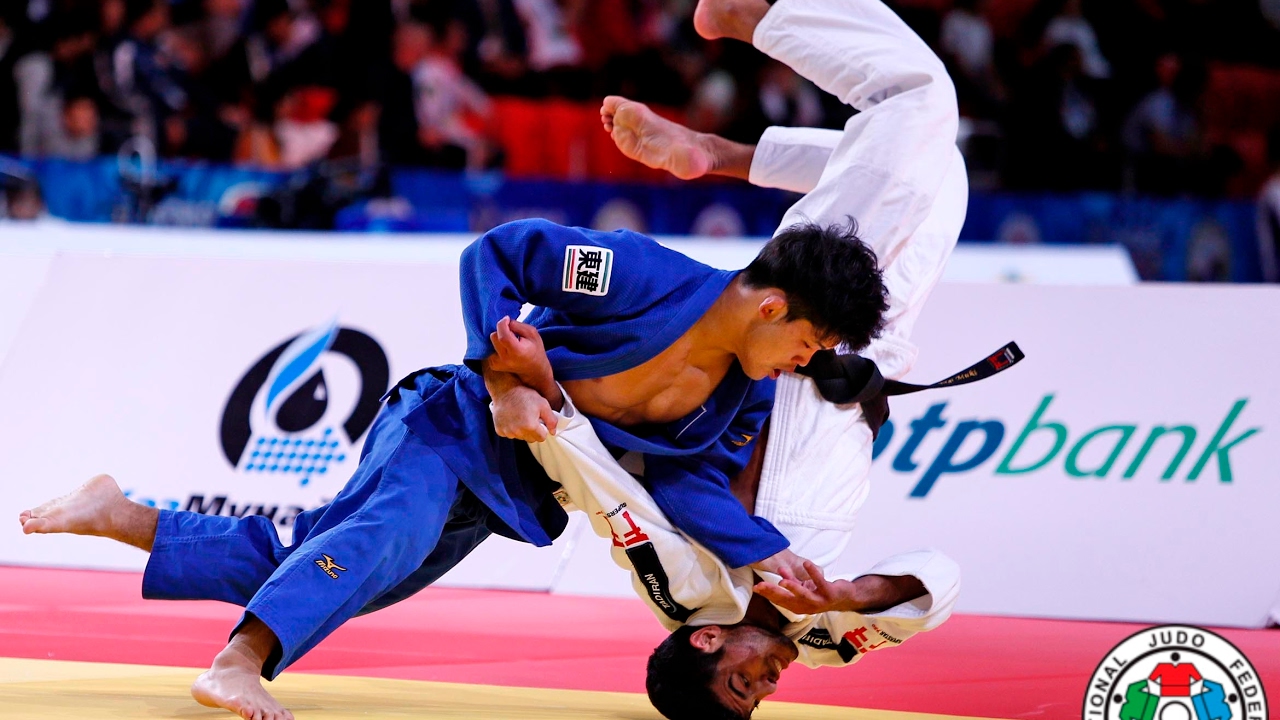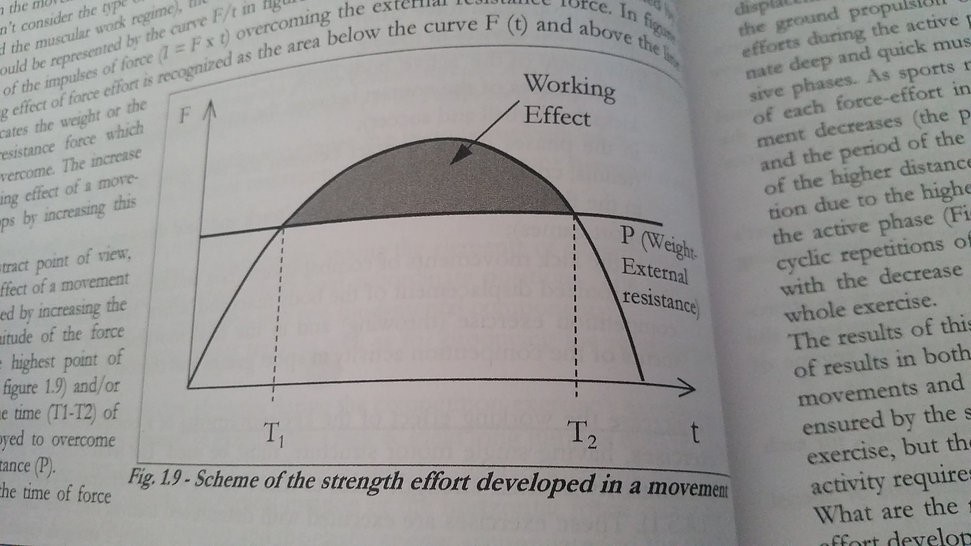To gain the truest understanding of combat sports and why your coach or trainer chooses particular exercises, sets, and reps at certain times across a training calendar year, we need to understand the physics at play and how these laws underpin athletic and technical development.
In this series, the principles and equations below are applied to a combat sport setting. Understanding the application of these concepts will allow you to narrow down your exercise toolbox and provide greater direction to your training.
I want to thank Logan Kramer, Mechanical Engineer, for his expertise in the understanding of physics and helping write this article.
Force
Force in its purest physical form is any external influence or interaction that will change the motion of an object. Force is most commonly represented and defined by Newton’s Second Law:
F=ma
Where:
F=force (N)
m=Mass (kg)

How to Dominate Every Fight with Raw, Explosive Power No One Can Match
Discover the underground blueprint that has quietly turned MMA hopefuls into legends, using nothing but sheer, brute force and bulletproof conditioning techniques.
a=Acceleration (ms-2)
To improve force output during training (and potentially during sporting movement), you can improve either side of the equation (mass or acceleration). For example, if you were to squat 100kg for 1 rep, you could add 5kgs and do 105kg for 1 rep. Therefore, improving force production. However, if you kept the weight at 100kg and moved the bar faster, then you have also increased force production.
The key takeaway message here is that adding weight to the bar is not the only way to get stronger and produce more force. This is particularly useful for combat athletes who are in a tough training camp where continually adding load may result in unwanted fatigue leading into competition. It is also useful for combat athletes who are already “strong enough” and are looking to enhance other qualities.
As stated in the “How To Punch Harder,” adding mass to your body doesn’t automatically equate to increased force output of a strike if acceleration was constant. Effective mass plays a vital role where mass that is not rigid cannot effectively transfer force to the target.
Velocity
Velocity and speed are two terms quite often used interchangeably, however, their physical definitions are remarkably different.
Speed is a scalar quantity and refers to how fast an object is moving.
Average speed S=d/t
Where:
S= average speed (ms-1)
d=distance (m)
t=time (t)
Velocity is a vector quantity and refers to the rate at which an object changes its position. The distinct difference between speed and velocity being, velocity has a “DIRECTION”.
v= Δ position/t
Where:
v= average velocity (ms-1)
Δ =displacement (m)
t=time (t)
As discussed above, velocity has a direction. To become a faster and better sprinter, we must tailor and focus our training to occur in the horizontal direction where force, velocity, and power are applied.
If you want to jump higher, your training needs to specifically focus on the vertical direction where force, velocity, and power are applied. If you want to hit harder or develop a nasty throw, training may need to have an emphasis in the torsional force vector. Meaning, improving the velocity of rotation where forces are often applied in striking and takedowns.

Mass
Similar to the previous example, mass and weight are two very commonly confused terms. The two words are used almost interchangeably in everyday life, however, their physical and scientific definitions are different.
Mass is a measure of the quantity of matter in an object, regardless of the objects volume or the forces acting upon it. Mass is always constant and gravity has no effect on it.
Mass is expressed in kilograms (kg).
Weight is a measure of the gravitational force acting upon an object. The weight of an object is dependent specifically on the gravity of that place.
Weight is expressed in Newton (N).
It is important to understand and remember the majority of your body mass should be muscle mass. Fat mass rarely plays a beneficial role in combat sport, unless there are sumo wrestlers reading this.
The leaner you are, the greater your muscle mass is per kilogram of body weight. Meaning you can potentially produce greater force and power outputs per unit of mass, AKA relative strength, and power. Furthermore, the less fat mass, the less “wobbling mass” as explained in the article linked above. Less “wobbling mass” means a greater effective mass can be applied to a strike.
Momentum
The term momentum is defined as the “quantity of motion an object has”. Momentum can be thought of as an object’s resistance to stopping.
P=mv
Where:
P= Momentum (kg.ms-1)
m=mass (kg)
v=velocity (ms-1)
From the above definition, it becomes very clear that an object or player with a large mass traveling with a fast velocity will have greater momentum and will take a lot to stop. This is crucially important in combat sports, where the greater the momentum of the fighter, the harder it is to stop the fighter.
For example, a fighter shooting for a double leg takedown. If a fighter is very heavy and shoots at a fast velocity, then the takedown is harder to stop due to the momentum created.
In a combat sport context, you have weight classes to contend with. Being the bigger fighter is generally an advantage due to being harder to move and harder to stop when it comes to grappling.
Larger fighters can potentially also have a larger effective mass when striking due to more muscle mass that can be stiffened at impact or greater bone density. In this case, you want to be able to maximize momentum in your weight class. For a double leg takedown, your mass will be constant (depending on weight cutting protocols) so improving the velocity of your entry is imperative.
For stand-up, striking with the greatest velocity, and making impact with the greatest effective mass through enhancing the “double peak muscle activation” explained in the last article are important factors. Furthermore, being able to summate force from the ground and learning to transfer force through each segment of the body through to the end of the strike will further enhance the effective mass of the strike.
Impulse
Impulse is defined as the product of the force acting on a body and the time interval during which the force is exerted.
J=F Δt
Where:
J= Impulse (kg.ms-1)
F=force (N)
t=time (s)
The concept of impulse is simply an extension of Newton’s Second Law that we discussed earlier in the Force section. The subject of Impulse applied to sport and the human body becomes particularly interesting when we investigate and study the different forces sustained by the body during activity.
By simply modifying technique speed, we can manipulate the forces that act upon the body or the body to apply to an object. This application combined with the conservation of momentum is highly relevant for impact sports in order to analyze the forces in collisions.
The picture below taken from Verkhoshanksy’s book [1], gives a good illustration of impulse. The x-axis represents time while the y-axis represents force. The two products of Impulse.
According to Verkhoshanksy, “the working effect is determined by the amplitude of the impulses of force overcoming the external resistance force (could be bodyweight, external opposition or external implement such as a shotput).”
An increase in the working effect requires increasing maximal force output and/or increasing time (T1-T2 in the diagram below) of the force generated to overcome the external resistance (P).
However, when training for combat sports, increasing time to produce force in the impulse equation isn’t ideal as the velocity of the movement would have to decrease to allow for the increase in time. This goes against the nature of sporting movement as time in sport is typically short in nature (e.g. sprinting ground contact times, striking and striking impact). Not only this, sporting movements require maximum speed!
Therefore, combat athletes need to learn to produce maximum force per unit time (making the working effect curve steeper).
This is where power training methods become relevant, such as plyometric and ballistic exercises. For example, explosive medicine ball chest throws or lateral rebound skater jumps.

Power
Power in its simplest form is defined as the product of force acting on a body and the velocity of that force.
P=Fv
Where:
P= Power (W)
F=force (N)
v=velocity (ms-1)
This equation reveals that a powerful athlete or person is one that can generate large forces and apply these at fast velocities. This could be punching, kicking, throws and takedowns among many other explosive sporting movements. Generally, improving either variable, force and/or velocity, in the power equation will result in increased power output.
This suggests that training for combat sports should aim to maximize both sides of the equation. Often fighters will perform their “strength & conditioning” sessions the same way as they would their technical fight training. This being, lots of reps and minimal rest usually performed in a circuit fashion.
This does nothing when looking to enhance power production. High force movements such as maximal isometrics or traditional lifts with plenty of rest are some examples. For the velocity side, various throws, jumps, plyometrics for the upper and lower body with plenty of rest are some examples.
Hopefully, this article has shed some light on simple physics equations that relate to combat sports and how they can be applied to your training or even just improved your understanding of physics and fighting. If you can wrap your head around these concepts, planning your own training or even interpreting the training your coach has given you will help you understand the qualities being developed in each cycle.
References
- Verkhoshanksy, Y., & Verkhoshanksy, N., Special Strength Training: Manual For Coaches. 2011, Rome, Italy: Verkhoshanksy SSTM.

